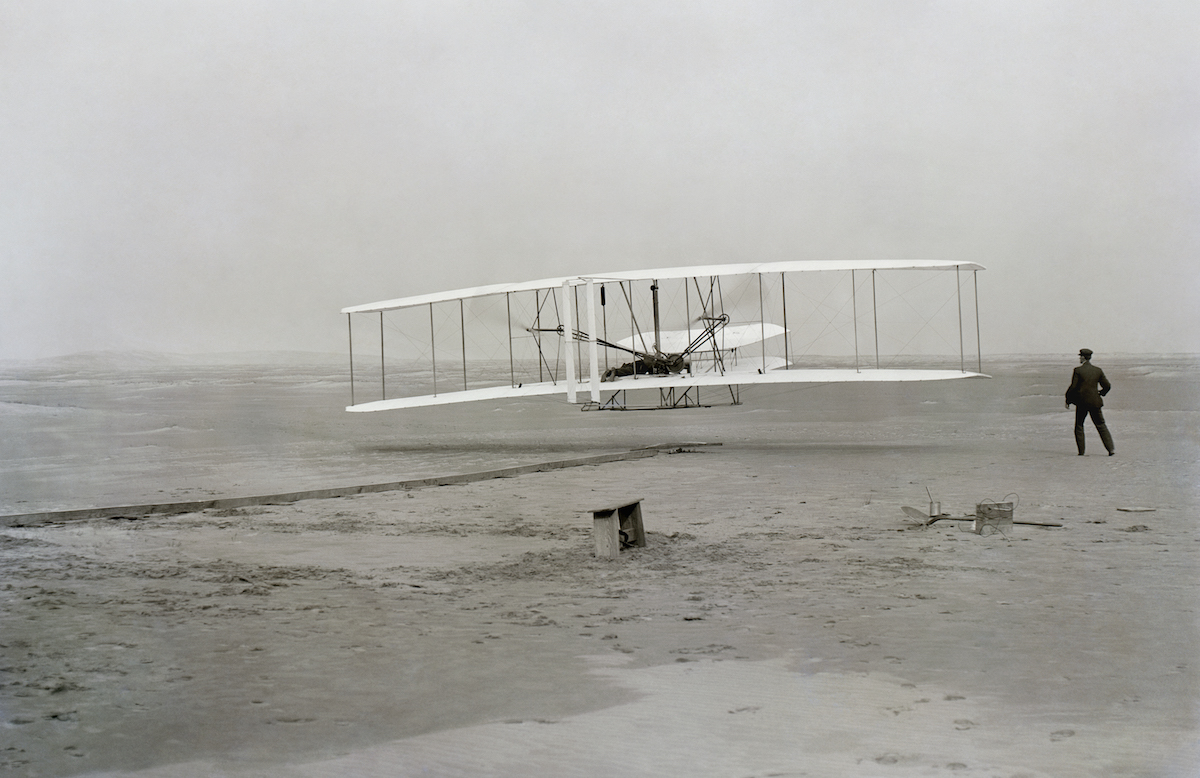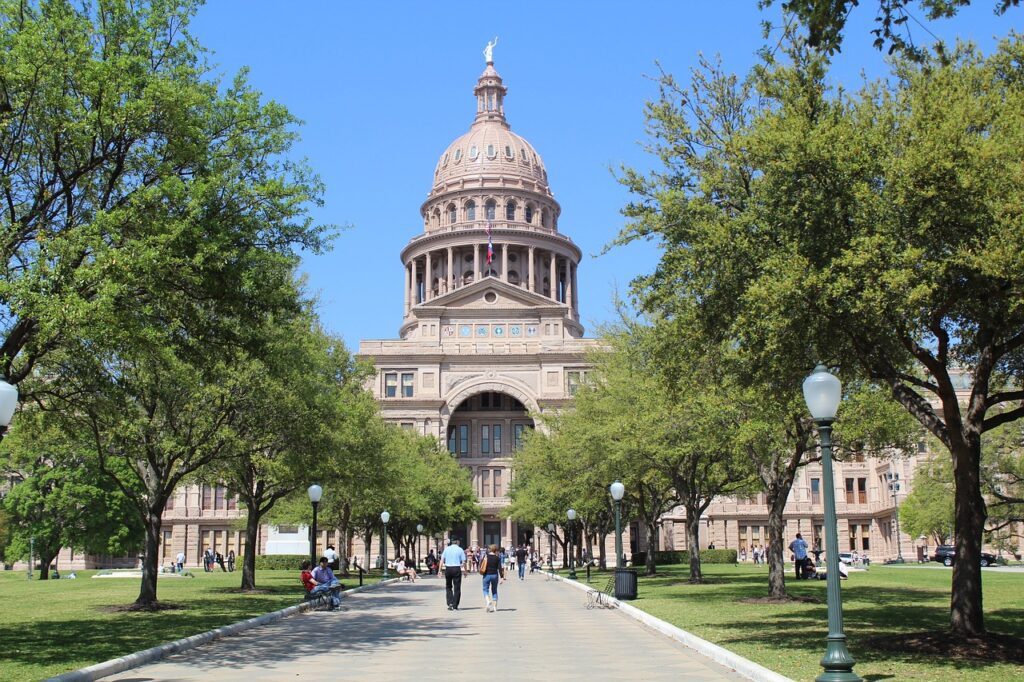I wrote this a while back on December 17, the anniversary of the Wright Brother’s first flight.
I have a particular affection for that event for a number of reasons. It took place at Kitty Hawk, on the Outer Banks of my home state of North Carolina. Kitty Hawk also happens to be where my wife and I got engaged. And, of course, if you know anything about the Wright Brothers, you know that flight marks the high point in a very intense mission to learn.
At the time, there was not a lot of reason to suspect that two brothers from Ohio would be the first ones to achieve motored flight. “At first glance, this would seem an absurd idea,” writes Robert Greene in his book Mastery,
The men in the field were all experts with incredible technical knowledge, some with impressive college degrees. They had an enormous head start over the Wright Brothers. Designing and building a flying machine was an expensive venture that could total thousands of dollars and lead to yet another crash.
There had, in fact, been many crashes before the brothers took on the challenge. And they were mere bike shop owners, neither of whom had earned even a high school diploma, much less a college degree. How could they expect to beat out contenders like the very well funded Samuel Langley, the secretary of the Smithsonian Institute?
By learning rapidly and effectively, that’s how.
By all of the accounts I have read, the Wright Brothers were insatiably curious. They had an intense will to learn. And they were not afraid to experiment and take risks. Indeed, they seemed to live for experimenting and taking risks.
It was their willingness – and given their financial circumstances, their necessity – to try things and then adjust based on what they learned that made it possible to overcome the barriers that had prevented others from achieving success. As Greene writes,
Instead of beginning with a grandiose device to test out their ideas, they would have to slowly evolve the perfect design, just as they had done with the printing press and the bicycle.
They decided to begin as modestly as possible. They designed various kites to help them determine the perfect overall shape for a test glider. Then, based on what they learned, they fashioned the glider itself. They wanted to teach themselves how to fly.
Obviously, they succeeded.
So, how will you teach yourself to fly whether next week or next year?
There are at least three key lessons to be taken from the Wright Brothers (and I encourage you to add others in the comments):
- Small steps count – the key is to take the time to learn from your results
- Curiosity and motivation often trump money and other resources
- You have to be willing to take a few risks along the way
I will stop with those three, because I think if you focus on just those in your own learning efforts you will be sure to take flight in 2013. But what do you think? What other lessons can we take from the Wright Brothers and others like them as we continue the mission to learn in the new year?
– Jeff
Update: Here’s one of the ways I’ve learned to fly so far: 7 Things I Learned from My Flying Trapeze Lesson.






Great comment, Avil – They were indeed tenacious testers, a great habit for all lifelong learners to adopt!
I encourage readers here to check out the profile Avil did: https://theinvisiblementor.com/2011/12/21/wise-people-wright-brothers-inventors-of-the-airplane/
Jeff
Jeff,
Thanks for your post. I profiled the Wright Brothers on my blog, and one of the things they did was look at what had been done before. They did not assume that all the data they collected was accurate, they spent a lot of time testing and found many inaccuracies. When they needed something that didn’t exist, they created it themselves. One of the big lessons that you pointed out in your post, is that although you may not be the first person doing “something,” that doesn’t means that you cannot finish first.
Avil Beckford